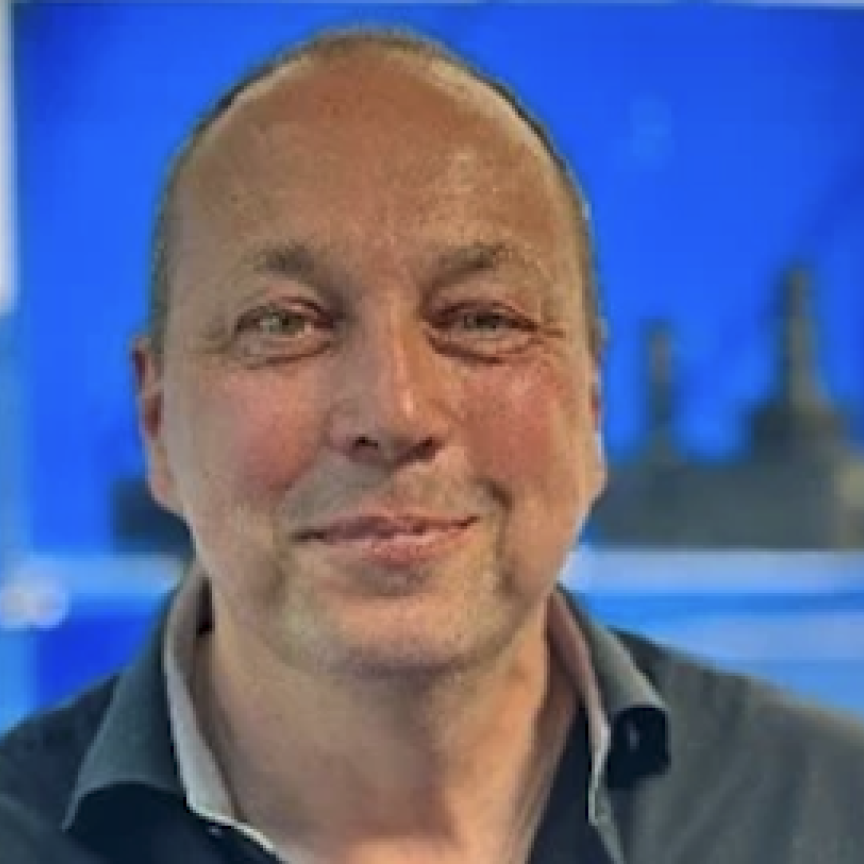Thorlabs and Boston Micromachines Corporation (BMC) have released the Adaptive Optics (AO) Toolkit, a new kit that makes adaptive optics easy, affordable, and widely available for researchers.
The AO Toolkit is a complete turnkey solution that allows researchers to integrate adaptive optics into their research systems in hours rather than months. In addition, it is priced four times less than components purchased separately from other manufacturers, thereby providing the price point necessary for wide scale deployment in research and industrial communities.
The Adaptive Optics Toolkit includes Thorlabs’ WFS150C Shack-Hartmann Wavefront Sensor, BMC’s 140 actuator Multi-DM deformable mirror system, and software designed to minimise wavefront distortion. The control software also allows the user to monitor the wavefront corrections and intensity distribution in real time.
The toolkit’s features include:
- DM capable of achieving high spatial resolution shapes due to high actuator count and low inter-actuator coupling
- Shack-Hartmann wavefront sensor with high resolution CCD camera and high-quality microlens array
- Compact DM driver electronics with built-in high voltage power supply suitable for benchtop or OEM integration
- Real-time, high-precision wavefront measurement and correction
- Long operational lifetime
And the AO Toolkit components include:
- Shack-Hartmann Wavefront Sensor: The WFS150 series of Shack-Hartmann wavefront sensors provide accurate, high-speed measurements of the wavefront shape and intensity distribution of beams. With Thorlabs’ Shack-Hartmann wavefront sensor, it is possible to optimise the wavefronts of laser sources dynamically, characterise the wavefront distortion caused by optical components, and provide real-time feedback for the control of adaptive optics. The sensor consists of a high resolution (1.3 Megapixels) USB 2.0 CCD camera, a microlens array, and a software package for evaluation of the generated spot field.
- BMC’s Multi-DM: This popular and versatile Multi-DM offers sophisticated aberration compensation in an easy-to-use package. The mirror, which is based on MEMS technology, consists of a mirror membrane that is deformed by 140 electrostatic actuators (i.e. a 12 x 12 actuator array), each of which can be individually controlled. Unlike piezoelectric mirrors, the electrostatic actuation used with BMC’s mirrors ensures deformation without hysteresis.
- Control Software: The full featured control and analysis software has a user- friendly graphical interface with menu-driven tools for camera settings, calibration, analysis, and display options.

